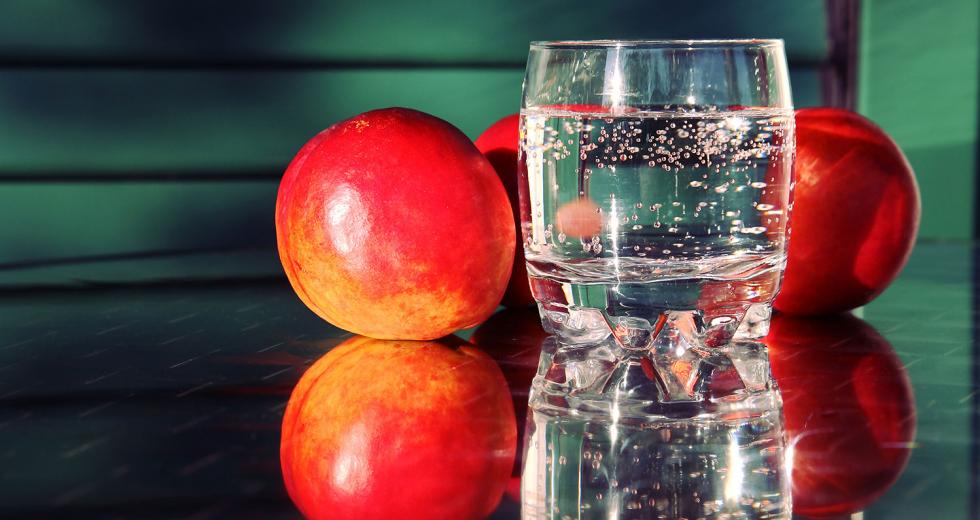California’s agriculture industry uses 80 percent water available for human use. They’re using it to grow the food we need to survive. But once that food gets to consumers, we’re squandering anywhere from 30 to 40 percent of it. And wasted food is wasted water.
Unrealistic Beauty Standards (for Produce)
Our high-end eating habits are partly to blame. When it comes to produce we buy at the store, we expect a certain quality. Spurred by picky consumers seeking the prettiest produce, grocery stores and farmers markets often only allow the highest quality fruits and veggies to grace their shelves, also called “firsts.” All the “seconds” — ugly fruit like oranges with pregnant-like protruding navels, sunburnt apples or tomatoes with a bit of blight on their bottoms —are often discarded, leaving farmers without a market for them.
“Even the ugly fruit we put money into growing,” explains farmer Camelia Miller of Twin Peaks Orchards. They put water into growing them, too.
Farmers like Miller are looking for places to sell their harvest, hoping that lower-income shoppers or thrifty folks looking for a bargain will see the benefits of buying blemishes. After all, the produce comes from the same trees and fields that produce the “first” fruits and veggies.
Drought-Friendly Dining
Locally, several restaurants have been fighting food waste long before the drought. For the sake of efficiency, good chefs use every edible part of the foods they buy. Yet, woody kale and onion skins must go somewhere. Rather than tossing them into a landfill, restaurants like Hot Italian, One Speed and Selland’s have been working with local nonprofit Green Restaurant Alliance Sacramento (GRAS) to compost those scraps, sending them back to the farm where they help the next crop grow.
Beyond food waste, the restaurant business has a hearty appetite for water. According to the Environmental Protection Agency, hospitality and foodservice establishments are responsible for about 15 percent of water used in commercial facilities in the country.
“We’re all deeply concerned,” says Rick Mahan, restaurant owner of Waterboy and One Speed. “I do think about how much water we use. We’re going to do everything we can.”
Mahan says health codes make it challenging to conserve water due to food safety restrictions. For example, restaurants must pour continuously running water over frozen food until it’s completely thawed before cooking. That amount of water adds up.
But there are things a restaurant owner can control, according to Mahan, such as addressing leaks and dripping faucets quickly, and letting the grass outside the restaurant go dry. He’s also researching a new air pressure hose that could pre-rinse dishes before going into the dishwasher, a task currently done with water.
As an industry, California recently banned restaurants from automatically serving water to customers. Now, you must request a glass if you’re thirsty.
Be Water Wise
While there are no easy solutions to the drought, there are some quick ways you can make a difference at home and when dining out.
- Clean your plate. Don’t waste food. Stir those last drops of milk into your morning oatmeal or coffee instead of sending it down the drain. Take home leftovers from restaurants and eat them for lunch the next day.
- Shop smart. Ask your local grocer to start selling seconds. If you’re buying fresh produce, eat it quickly. It doesn’t keep long in the fridge.
- Carry your own water bottle. Restaurants are notorious for unknowingly filling your water glass just before you pay your bill. Dump any leftovers into your water bottle to drink back at the office or at home.



